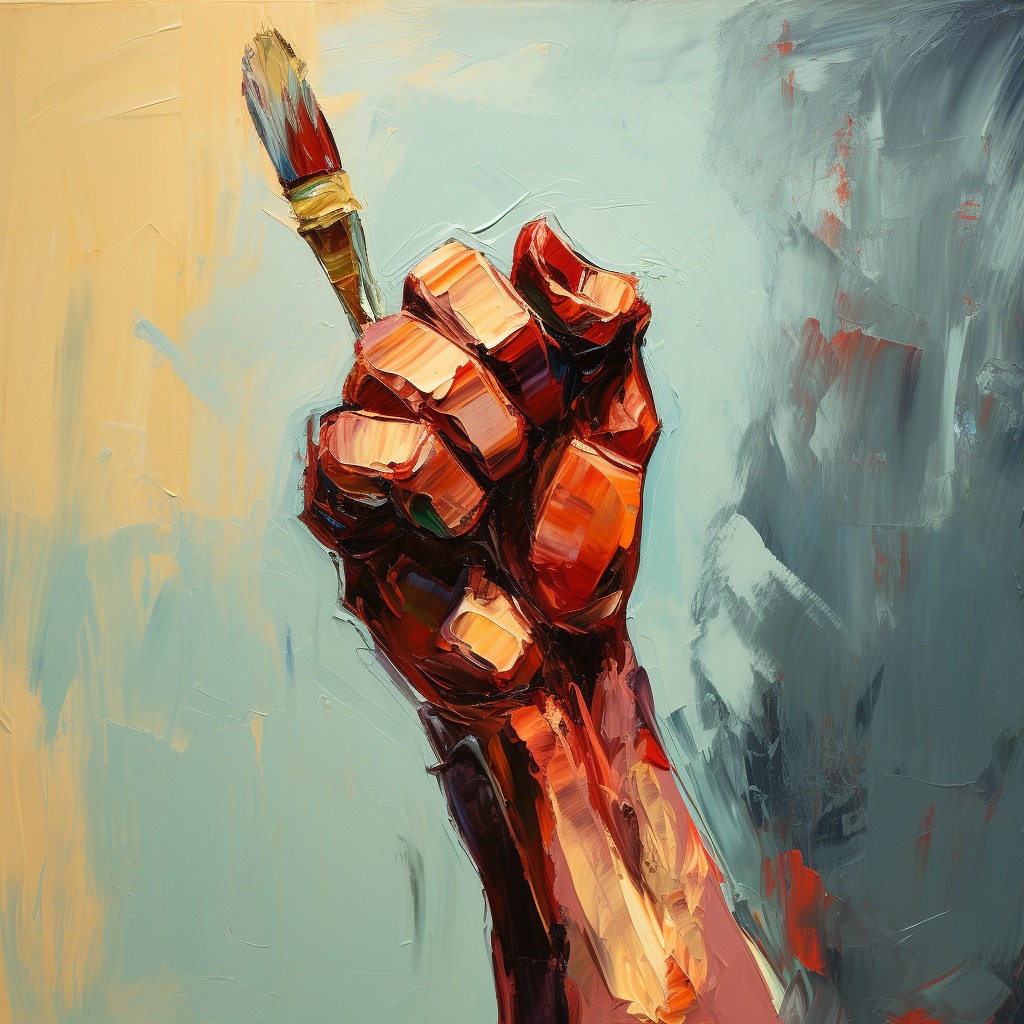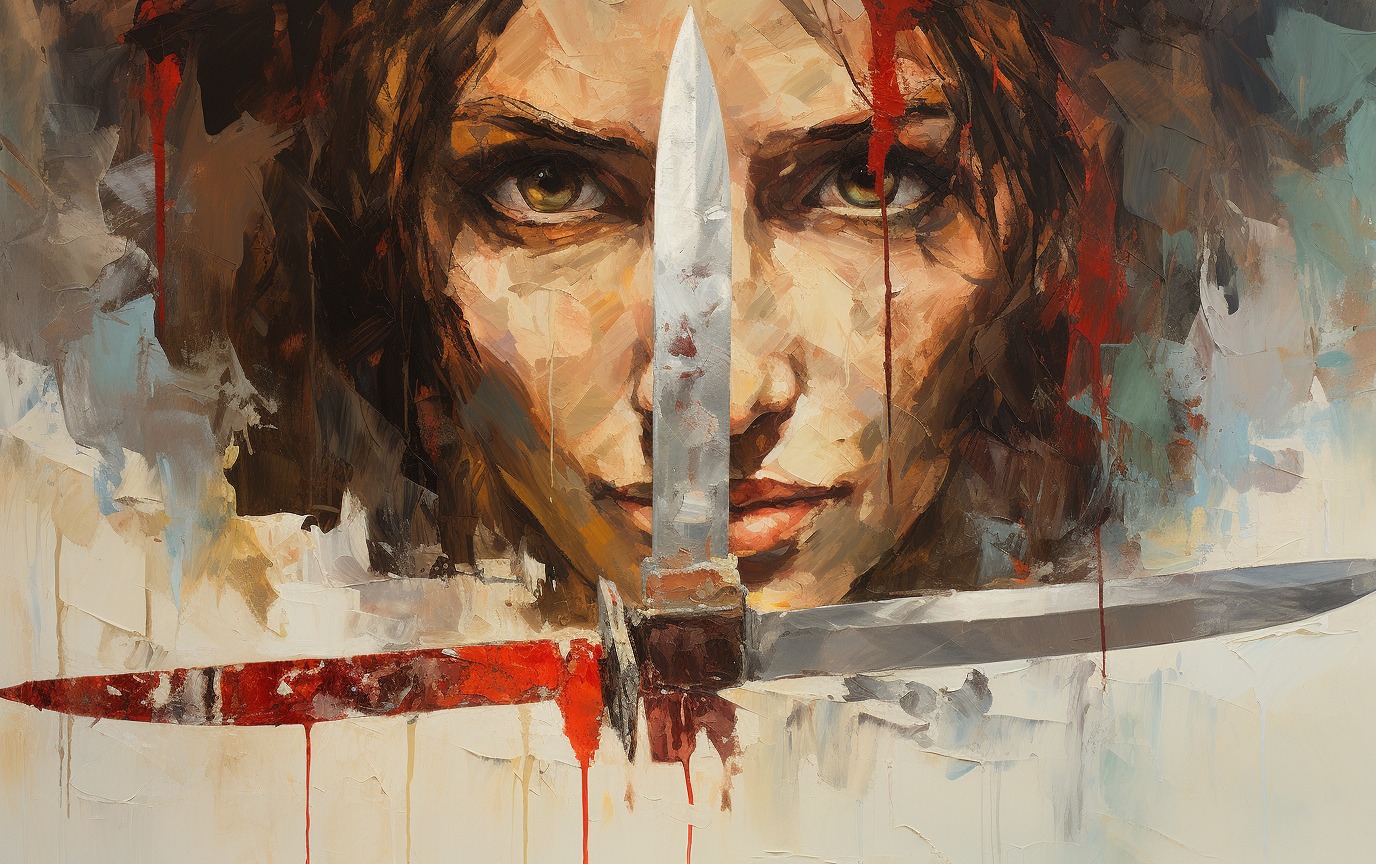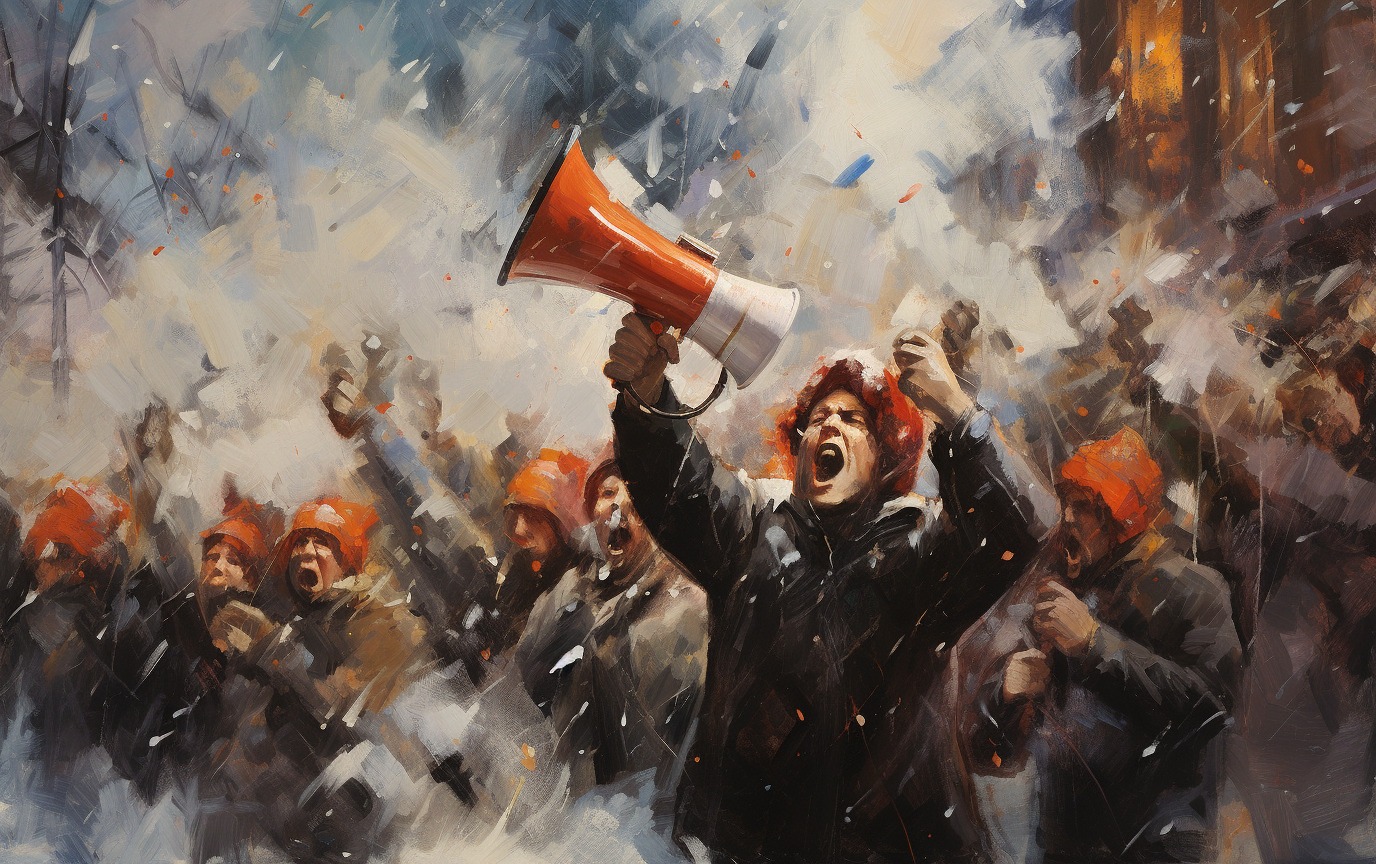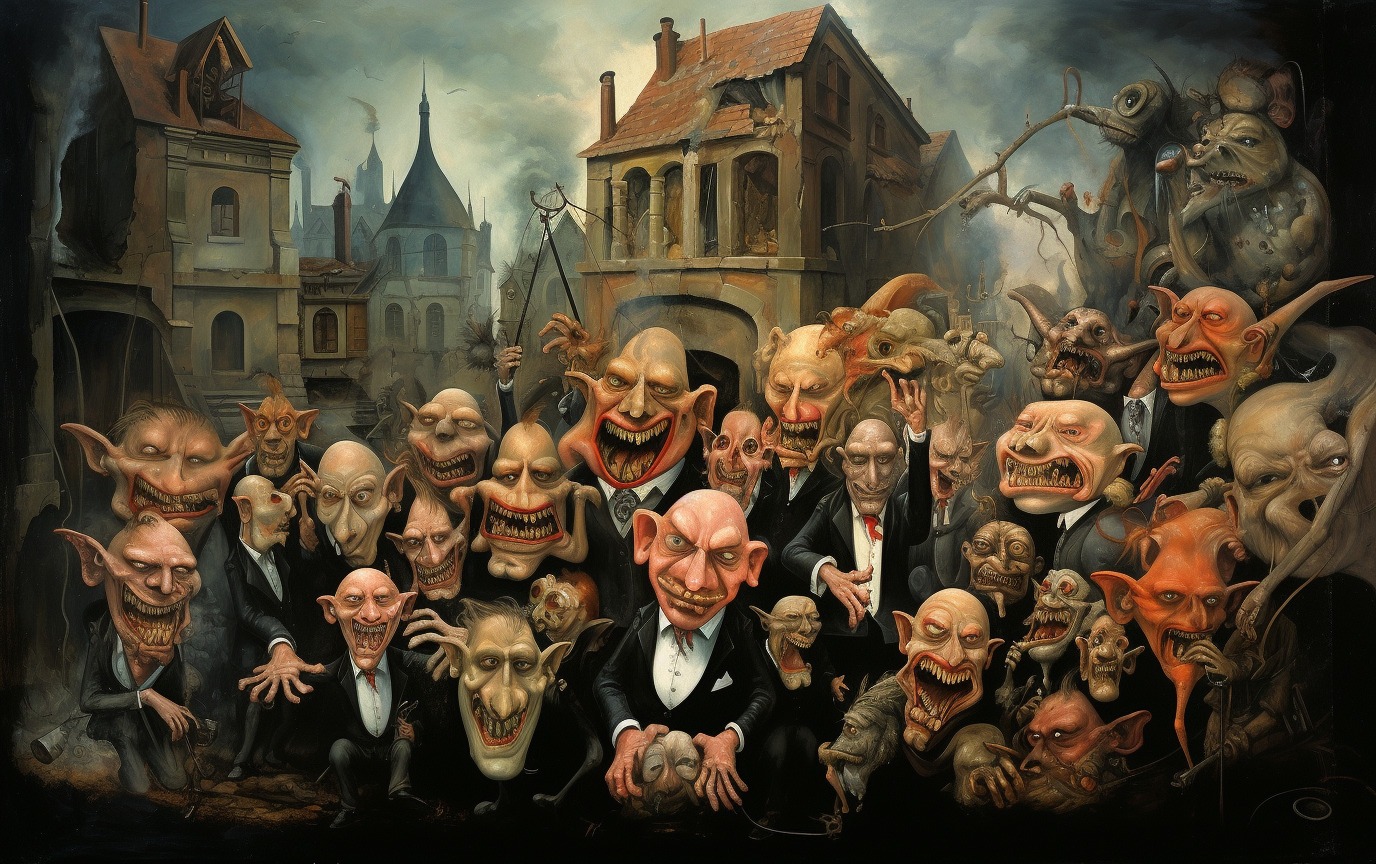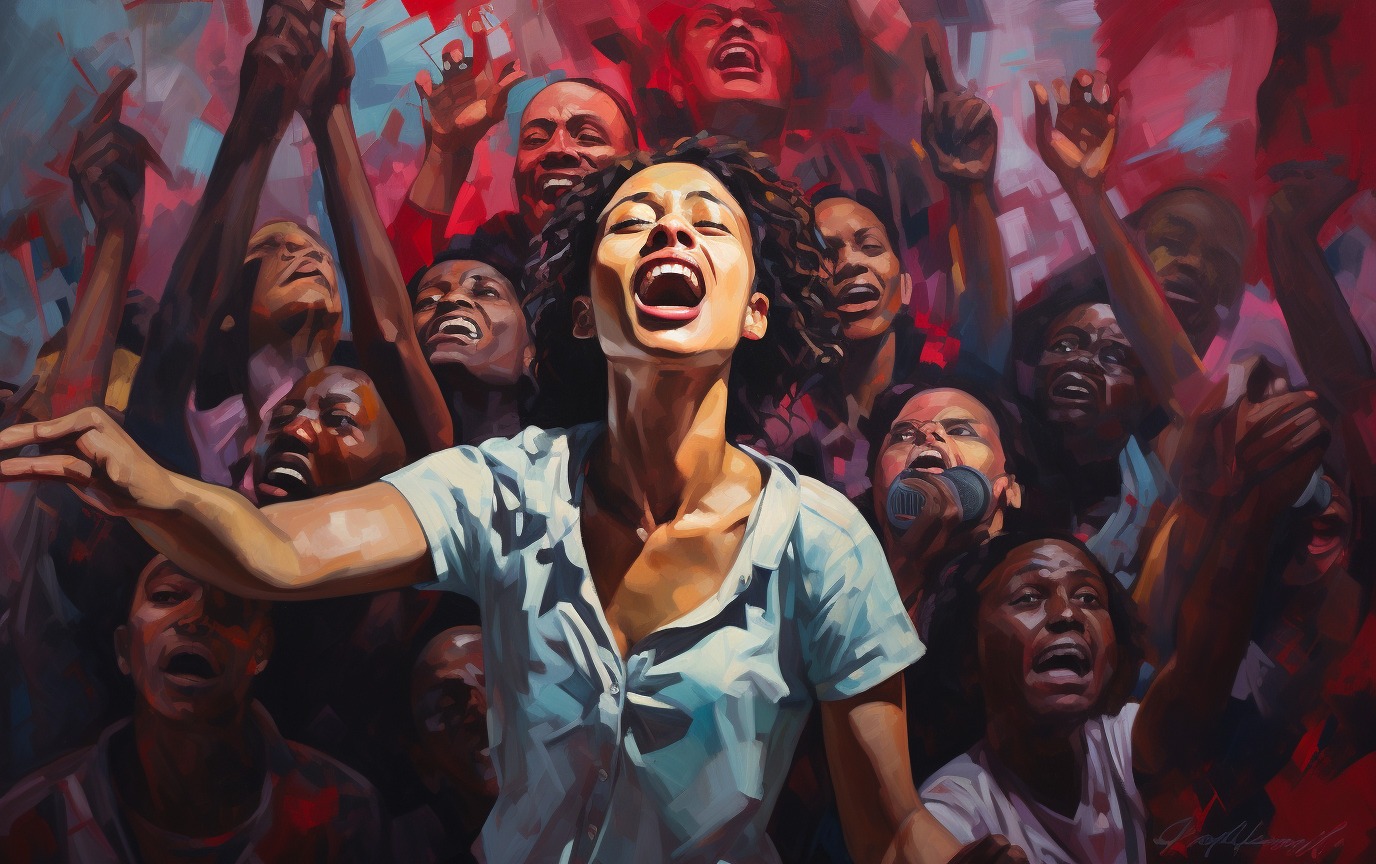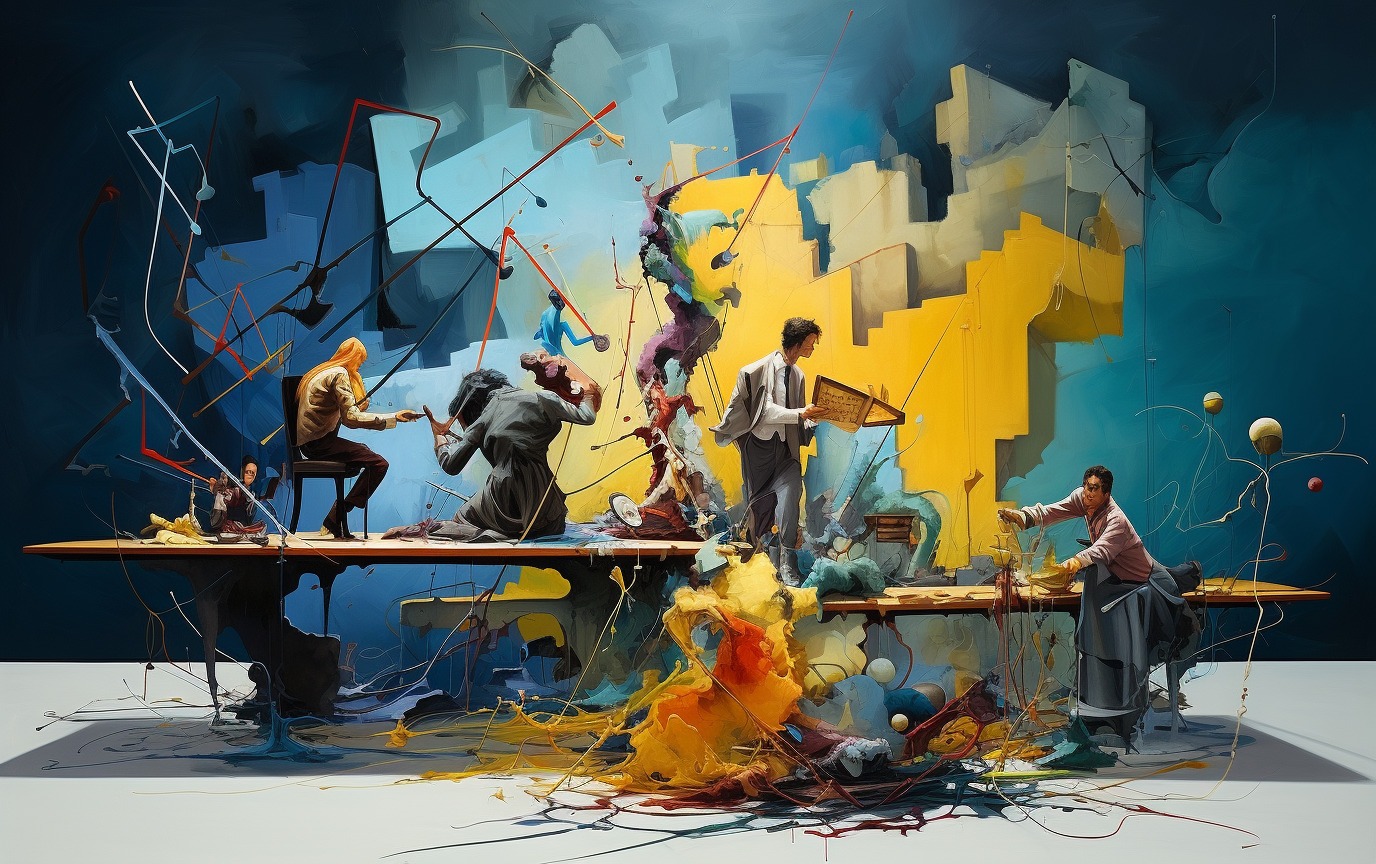A Rollercoaster Through Controversy and Canvas
Stepping into the World of Political Art
Ah, political art! No, it’s not the doodle you make on a napkin while debating healthcare over dinner. It’s the pulse of society, the mirror that reflects our virtues and vices, and sometimes, the hammer that smashes our illusions. But why should you care? Well, because political art is more than just a conversation starter at your next cocktail party. It’s a catalyst for change, a spotlight on injustice, and let’s be honest, it’s also a magnet for controversy.
In this article, we’re going to take you on a whirlwind tour of the political art landscape. Buckle up, because we’re diving into the mediums that artists wield like weapons, the role of art in activism, and the women who are shaking up the status quo. Oh, and let’s not forget the media’s role in all of this—sometimes a megaphone, sometimes a muzzle. Intrigued? You should be.
The Many Faces of Political Art
Ah, the medium! It’s not just the message; it’s the megaphone. Artists have been getting political since, well, forever. But how they shout their messages from the rooftops (or gallery walls) has evolved. Let’s break it down, shall we?
Francisco Goya: El Tres de Mayo, Wikimedia, Public Domain
Traditional Mediums: The Classics Never Die
- Oil on Canvas: The old-school way to make a political art statement. Think of Goya’s “The Third of May 1808” or Picasso’s “Guernica”. These masterpieces didn’t just hang in museums; they screamed about the atrocities of war.
- Sculpture: Ah, the chisel and hammer. From the Venus of Willendorf to the Statue of Liberty, sculptures have been making political waves for eons.
- Prints and Posters: The go-to for mass distribution. Whether it’s wartime propaganda or a Shepard Fairey “Hope” poster, these poltical art babies get the message out, fast and far.
Digital Mediums: Welcome to the 21st Century
Digital Art: Pixels have power, people! Artists now use software to create intricate pieces of political art that tackle everything from climate change to social justice. Take, for example, Jenny Holzer‘s text-based digital works that tackle social issues.
Virtual Reality (VR): Why just look at political art when you can live in it? VR allows for immersive experiences that can make political statements more impactful. Take Nonny de la Peña’s “Hunger in Los Angeles”: a VR experience that puts you in the shoes of a food bank volunteer.
Augmented Reality (AR): Imagine walking down the street and your phone transforms a blank wall into a powerful political art mural. Maurício Nocêra, a.k.a Lito, fuses AR and street art in São Paulo, Brazil.
AI-Generated and AI-Assisted Art: The new kids on the block, but they’re making waves. Take Cornelia Es Said’s “Klimakleber” for instance. It’s a blend of traditional human creativity and machine learning, focusing on the climate crisis. AI is not just a tool; it’s a collaborator that can amplify the political message.
Interventions in Public and not so Public Space
- Graffiti and Murals: Banksy, anyone? Street art takes the message to the people, bypassing the elitism of galleries.
- Installations: Think Ai Weiwei’s “Sunflower Seeds” or Doris Salcedo’s “Shibboleth”, usually found in galleries or public spaces.
- Performance Art: Marina Abramović sitting in a chair for hours or Tania Bruguera‘s politically charged performances, often in galleries or event locations.
Marina Abramović, The Artist is Present, 2010, Museum of Modern Art, New York, 9 March – 31 May 2010. Author: Andrew Russeth
The Hybrid Approach: Because Why Not?
Mixed Media: Artists like Jean-Michel Basquiat combined painting with text.
Interactive Pieces: Political art that requires audience participation. Rafael Lozano-Hemmer’s “33 Questions per Minute” is a computer-based installation that generates questions based on audience input.
So, whether you’re an art connoisseur who prefers the smell of oil paint or a digital native who thinks NFTs are the future, political art has something for you. The medium might change, but the drive to challenge, provoke, and inspire remains a constant in the ever-evolving world of art.
The Role of Art: Not Just a Pretty Picture
Ah, the age-old question: “What is art for?” If you’re thinking it’s just to match your sofa, then honey, you’re missing the point. Political art isn’t just a pretty picture; it’s a megaphone, a protest sign, and sometimes, a Molotov cocktail in visual form. Let’s dig in.
The Activist Artist: A Rebel With a Palette
Art as Activism: Artists like Kara Walker are not just creating aesthetically pleasing works; they’re tackling the big issues. Race, gender, social justice, you name it. Their political art is their activism, and they’re not afraid to get their hands dirty (literally and metaphorically).
The Emotional Impact: Ever felt a lump in your throat looking at a painting? That’s the power of art. It can evoke emotions that words often can’t, making it a potent tool for social change.
The Media’s Role: Amplifier or Distorter?
Media Amplification: Sometimes, the media can be an artist’s best friend, amplifying their message to a broader audience. But beware, not all amplification is equal.
Media Distortion is a double-edged sword. The media can also distort an artist’s message, turning it into clickbait or worse, a scandal. Remember what happened at Documenta 15? Yeah, let’s not let the media off the hook so easily.
The Snowflake Dilemma: When Controversy Overshadows the Message
The Loud Minority: In the age of social media, a few loud voices can drown out the message. These extremist snowflakes may be small in number, but boy, do they know how to make a ruckus.
The Need for Nuanced Discussion: Controversial art should be a starting point for critical discussions, not a reason for outright rejection or censorship. So, let’s not throw the baby out with the bathwater, shall we?
The Systemic Issue: Neo-Feudalist Capitalism, Anyone?
Profit Over Quality: The media landscape has changed, and not for the better. The drive for profits has often overshadowed journalistic integrity, leading to sensationalism over substance.
The Radical Solution: If we’re going to address the root of the problem, we need to look at the system itself. Neo-feudalist capitalism, we’re looking at you. It’s time for a change, and art can be the catalyst.
So, the next time you look at a piece of art, ask yourself: “What is this trying to say?” Because trust me, it’s saying a lot more than you think.
Spotlight: Female Artists Shaking the Status Quo
Move over, Picasso! The ladies are in the house, and they’re not here to play nice. They’re here to shake things up, challenge norms, and, oh yes, make some damn fine political art while they’re at it.
The Icons: Women Who’ve Been at It for a While
Judy Chicago: This feminist icon has been setting tables and smashing patriarchy since the ’70s. Her installation “The Dinner Party” is basically the Last Supper, but for women who’ve been historically overlooked.
Barbara Kruger: You’ve seen her bold text over black-and-white photographs. “Your body is a battleground,” she declares, and we couldn’t agree more.
The Rising Stars: New Kids on the Block
Tschabalala Self: Her work explores the Black female body in a society that often objectifies it. She’s not just painting figures; she’s reclaiming narratives.
Lauren Crazybull: This Indigenous artist uses her art as a form of activism, challenging the colonial gaze and advocating for Indigenous rights
The Global South: Voices You Need to Hear
Zanele Muholi: This South African artist uses photography to document the lives of the LGBTQ+ community in her country, often putting herself in the frame to make a point.
Bouchra Khalili: Her multimedia installations focus on migration, colonialism, and the complex identities that arise from them.
So, whether they’re wielding a paintbrush or coding an algorithm, these women are making waves, big ones. And the art world will never be the same again.
The Amplifiers: When Media Gets It Right
Spotlighting Underrepresented Voices: Sometimes, media outlets do their due diligence and shine a light on artists who otherwise might remain in the shadows. Kudos to them!
Fostering Critical Discussions: When done right, media coverage can turn a piece of politcal art into a catalyst for societal debate. Think of the nuanced discussions around Kara Walker’s sugar sphinx.
The Suppressors: When Media Gets It Wrong
Sensationalism Over Substance: Ah, the clickbait headlines! “Outrage as Artist Depicts XYZ!” But where’s the context? Where’s the nuance?
The Documenta 15 Debacle: Remember when the media almost single-handedly turned a complex artwork into an “anti-Semitic scandal,” sidelining voices from the Global South in the process? Yeah, not their finest hour.
The Profit Motive: Journalism’s Original Sin
Clicks Over Quality: In the age of digital media, clicks translate to cash. But at what cost? The erosion of journalistic standards is a steep price to pay for a few extra ad impressions.
The Case of Documenta Fifteen: A Lesson in Media Mayhem
Ah, Documenta Fifteen, the art world’s equivalent of a reality TV show finale—drama, suspense, and a plot twist no one saw coming. The 2022 edition of this quinquennial art exhibition became a hotbed for controversy, and boy, did the media have a field day!
The Artwork That Shook the World
Let’s set the stage: Indonesian art collective Taring Padi created a mural that, among other things, depicted figures that some interpreted as anti-Semitic. Now, before we go labeling entire communities as the instigators of this uproar, let’s be clear: the specific groups or individuals who kicked off the controversy remain as elusive as Banksy’s true identity.
The Media’s Role: Amplifier or Muzzler?
The media, ever the opportunistic entity, seized this controversy like a dog with a bone. Headlines screamed “Anti-Semitism!” faster than you can say “clickbait.” But here’s the kicker: the media’s role in this was more complex than simply fanning the flames. They also had the power to contextualize the artwork, to foster meaningful dialogue, and to challenge the narrative. Did they? Well, that’s up for debate.
The Aftermath: Heads Roll and Canvases Fold
Ah yes, the fallout. In the wake of the controversy, not only was the political artwork removed, but key figures in the Documenta organization found themselves on the chopping block. It’s like an episode of “Survivor: Art World Edition,” where the tribe has spoken and someone’s torch got snuffed out. The removal of the artwork itself is a scandal that echoes through the art world. It’s not just about erasing a piece of political art; it’s about silencing a voice, a perspective, and a narrative.
The Political Art of Taring Padi: More Than Meets the Eye
Taring Padi’s mural was a complex tapestry of political resistance, featuring hundreds of individual figures. The two figures that drew the most ire—a man with sidelocks and fangs wearing a hat with a Nazi emblem, and a soldier with a pig’s head wearing a Star of David neckerchief—were part of a larger narrative. The artwork aimed to criticize the actions of states, not entire communities. The figures were provocative, yes, but they were also a call to examine deeper systemic issues.
The Global South: Silenced, Yet Again
And let’s not forget the elephant in the room: the silencing of artists from the Global South. Taring Padi hails from Indonesia, and the removal of their political art from Documenta Fifteen sends a chilling message about who gets to have a voice in the global art conversation. It’s like the art world’s version of colonialism, where Western perspectives dominate and others are pushed to the margins.
So there you have it. The Documenta Fifteen saga is a multi-layered cake of controversy, media manipulation, and systemic bias. It’s a cautionary tale that begs the question: Who gets to decide what kind of political art is “acceptable,” and what are we losing when we let that decision be made for us?
The Amplification of Extremist Voices: Should We Listen?
Ah, the age of social media, where everyone has a megaphone and some people seem to have one that’s just a little bit louder. Extremist voices have always existed, but now they’re amplified to stadium concert levels, drowning out the nuanced symphonies of rational discourse.
So, should we listen to these voices? Well, it’s a double-edged sword, my friends. On one hand, ignoring them is like ignoring a ticking time bomb. They won’t go away; they’ll just get louder and potentially more dangerous. On the other hand, giving them a platform can legitimize their views, turning that ticking time bomb into a full-blown explosion.
The Media’s Role: The Puppeteer Behind the Curtain
Let’s not forget our dear friend, the media, who often plays puppeteer in this whole charade. They’re like the Wizard of Oz, pulling levers and pushing buttons to make the loudest voices even louder. Why? Because outrage sells, baby! But at what cost? Journalistic integrity takes a backseat, and we’re left with a media circus that’s more interested in profits than facts.
The (Political) Art World: A Microcosm of Society
The art world isn’t immune to this phenomenon. Extremist voices can dominate the conversation around political art, pushing us into a corner where we’re either “with them or against them.” It’s a dangerous game that leaves little room for the nuanced discussions that art—especially political art—should inspire.
The Snowflake Paradox
And let’s talk about these “extremist snowflakes,” shall we? They’re like the weather in Texas: unpredictable and extreme. One minute they’re calling for the removal of a provocative artwork, and the next they’re crying censorship when their views are challenged. It’s a paradox that leaves us all scratching our heads.
So, what’s the solution? Well, it’s complicated. But one thing’s for sure: We need to be aware of who’s holding the megaphone and question why they’re the ones getting to dominate the conversation. Because if we don’t, we risk turning the rich tapestry of political art into a monochrome canvas of extremism.
Where Does Art Belong? The Great Safe Space Debate
Ah, ‘safe spaces,’ that buzzword that’s been buzzing around like a mosquito at a summer BBQ. But let’s get real: when it comes to art, especially political art that tackles life-and-death matters for millions, the concept of a ‘safe space’ is not just sticky; it’s downright problematic.
The Velvet Rope of Censorship
Placing art, and especially political art, in a ‘safe space’ is like putting a velvet rope around a wildfire. Sure, it might keep the “uncomfortable” at bay, but it also stifles the very essence of what art is supposed to do: provoke, challenge, and inspire action. It’s like telling a climate activist to only talk about the weather. Safe? Maybe. Impactful? Hardly.
The Echo Chamber Effect
‘Safe spaces’ can quickly morph into echo chambers where only like-minded views are welcome. It’s like going to a protest and only hearing lullabies. Art, especially political art that addresses urgent crises, thrives on diversity of thought. It’s the friction between differing opinions that sparks the most illuminating and transformative conversations.
The World as a Gallery
Political art needs to be out in the open, where it can breathe, ruffle feathers, and shake the very foundations of our complacency. Whether it’s a mural on a city wall that confronts us with the harsh realities of migration or a digital piece going viral that exposes the urgency of climate change, art should be accessible to all, especially those who’d rather not face these harsh truths.
The Neo-Feudalist Capitalism Conundrum
And here’s the kicker: the push for ‘safe spaces’ often stems from a system more interested in maintaining the status quo than in fostering genuine dialogue or change. It’s neo-feudalist capitalism at its most insidious. We need to address the root of the problem, not just slap a band-aid on a gaping wound.
So, the next time someone suggests putting political art in a ‘safe space,’ ask them this: Is it the art that needs to be protected, or is it our own unwillingness to confront the life-and-death matters that art is screaming about? Because if it’s the latter, maybe it’s time for a little soul-searching, don’t you think?
The Future: Navigating Neo-Feudalist Capitalism
Ah, the future, that murky, uncertain realm where we all wonder if flying cars will ever be a thing. But let’s talk about something even more elusive: the future of political art in a world that’s increasingly shaped by neo-feudalist capitalism. Buckle up, it’s going to be a bumpy ride.
The Capitalist Quagmire Meets Technofeudalism
First off, let’s acknowledge the elephant in the room: the art world is not immune to the clutches of capitalism. But wait, Yanis Varoufakis warns us that capitalism is morphing into something even more sinister: technofeudalism. Imagine a world where big tech’s platforms replace markets and rents replace profits. The commodification of rebellion (Banksy shredder, anyone?) is just the tip of the iceberg. It’s like turning Che Guevara into a T-shirt; the message gets diluted, and the T-shirt is probably tracking your data.
The Double-Edged Sword of Technology and the Happiness Equation
Ah, the digital age, where even your political art can go viral one minute and be buried under memes the next. Mo Gawdat reminds us that technology, originally designed to make life easier, has become a source of constant distraction and unhappiness. The same platforms that can amplify political art can also manipulate us into mindless scrolling, diluting the impact of critical messages.
The Rise of the Machines (and AI) with a Soul
AI and machine learning offer exciting possibilities for political art. Imagine algorithms that can predict social unrest or even create art that evolves based on real-time events. But as Mo Gawdat cautions, we need to design these technologies with a “soul,” with ethical considerations that prevent them from stifling creativity and reinforcing existing power structures.
The Global South Speaks, But Who’s Listening?
One of the most promising developments is the increasing visibility of artists from the Global South. Their voices bring fresh perspectives and challenge the Eurocentric narratives that have long dominated the art world. But let’s be real: it’s an uphill battle against systemic erasure and marginalization, often exacerbated by the media’s selective amplification.
The Call to Action: Subversion as Survival
So, what’s the game plan? Simple: keep pushing boundaries, keep challenging the status quo, and most importantly, keep creating. As Mo Gawdat urges, we need to focus on what truly matters for human well-being. (Political) Art has always found a way to subvert, to question, and to inspire. And in a world teetering on the brink, that’s not just important; it’s a matter of survival.
So there you have it, folks. The future is uncertain, but one thing’s for sure: political art will continue to be a thorn in the side of neo-feudalist capitalism. And honestly, that’s a future I can get behind. How about you?
The Canvas of Controversy and the Palette of Possibilities
From the traditional strokes of oil on canvas to the pixelated wonders of digital realms, artists have been wielding their brushes, chisels, and keyboards as weapons in the fight for social justice, equality, and change.
We’ve seen how political art serves as a catalyst for activism, a mirror reflecting society’s virtues and vices. And let’s not forget the women artists who are shaking the status quo, one provocative piece at a time. They’re not just breaking the glass ceiling; they’re painting it in vibrant hues of rebellion.
But what happens when the media circus rolls into town? Ah, that’s when journalism often takes a backseat, and the amplifiers are turned up high for extremist voices. It’s a cacophony that can drown out the nuanced debates that art is meant to spark. And yet, despite the noise, the essence of political art endures, refusing to be confined to ‘safe spaces’ or diluted by the algorithms of neo-feudalist capitalism.
As we navigate this brave new world, let’s remember the words of Mo Gawdat and Yanis Varoufakis. The future may be uncertain, but if we focus on what truly matters for human well-being, (political) art will continue to serve as a beacon, guiding us through the fog of misinformation and the storms of extremism.
So, as you step off this rollercoaster, I leave you with this:
the medium might change, the messages might evolve, but the power of political art to challenge, provoke, and inspire will remain a constant. And in a world that’s anything but black and white, that’s a splash of color we can all use.

